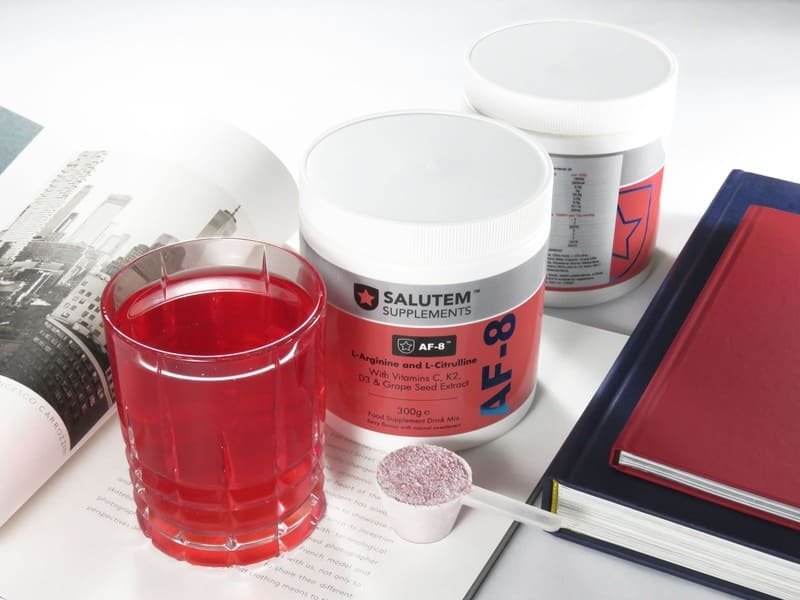Subtotal: SGD$0.00
Thrombosis is the formation of a blood clot, known as a thrombus, within a blood vessel.

Thrombosis is the formation of a blood clot, known as a thrombus, within a blood vessel. It prevents blood from flowing normally through the circulatory system.
Nitric Oxide is essential for the prevention of thrombosis.
Summary
Nitric oxide (NO) is released by the endothelium preventing platelet adhesion to the vessel wall. When released by platelets, NO inhibits further recruitment of platelets to a growing thrombus. Modulation of endogenous NO release may be a mechanism by which the thrombotic response can be regulated as suggested by several clinical diseases associated with impaired bioactive NO. Diseases including atrial fibrillation and coronary atherothrombotic disease have been associated with impaired NO release or decrease in NO bioavailability.
Credit: : Freedman JE, Loscalzo J. Nitric oxide and its relationship to thrombotic disorders. J Thromb Haemost 2003; 1: 1183–8.
Diseases including atrial fibrillation and coronary atherothrombotic disease have been associated with impaired Nitric Oxide release.





